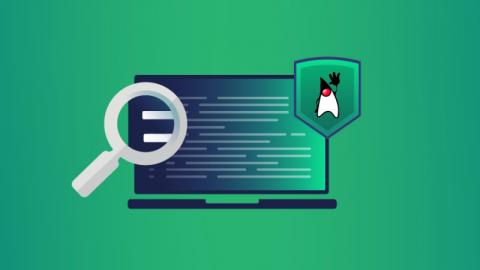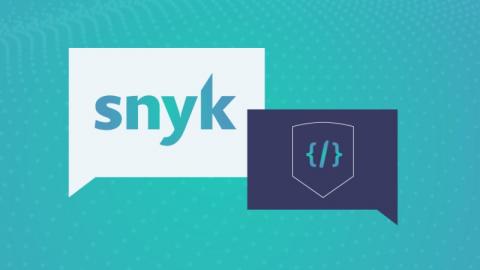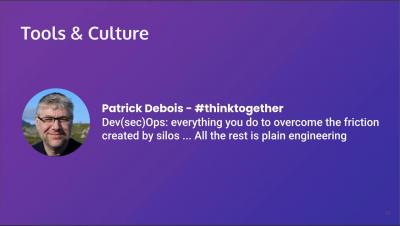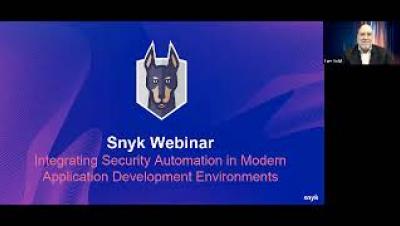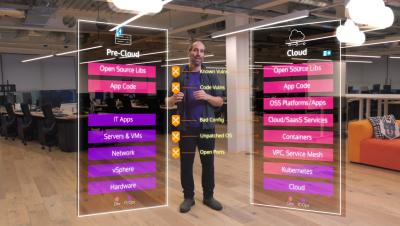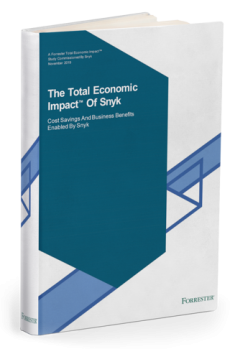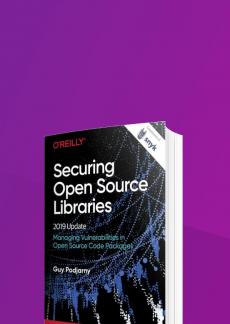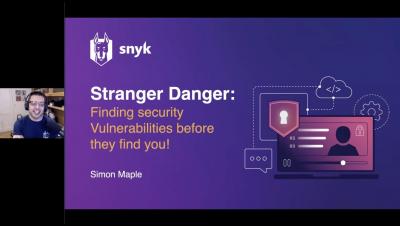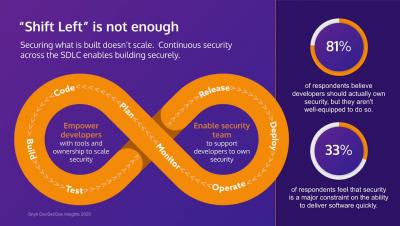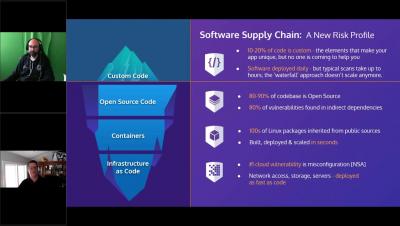Application security automation for GitHub repositories with Snyk
Snyk provides a wide array of integrations and a pretty comprehensive API to enable you to deploy Snyk across the SDLC and monitor all the code your organization is developing. Of course – this is not always simple. At scale, ensuring Snyk is monitoring all your repositories becomes more challenging. As you grow, more code is added in the shape of new repositories. Not only that, existing repositories keep on changing.




